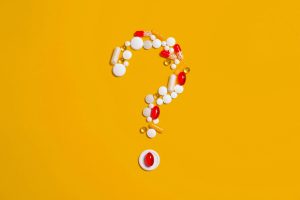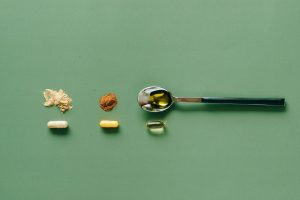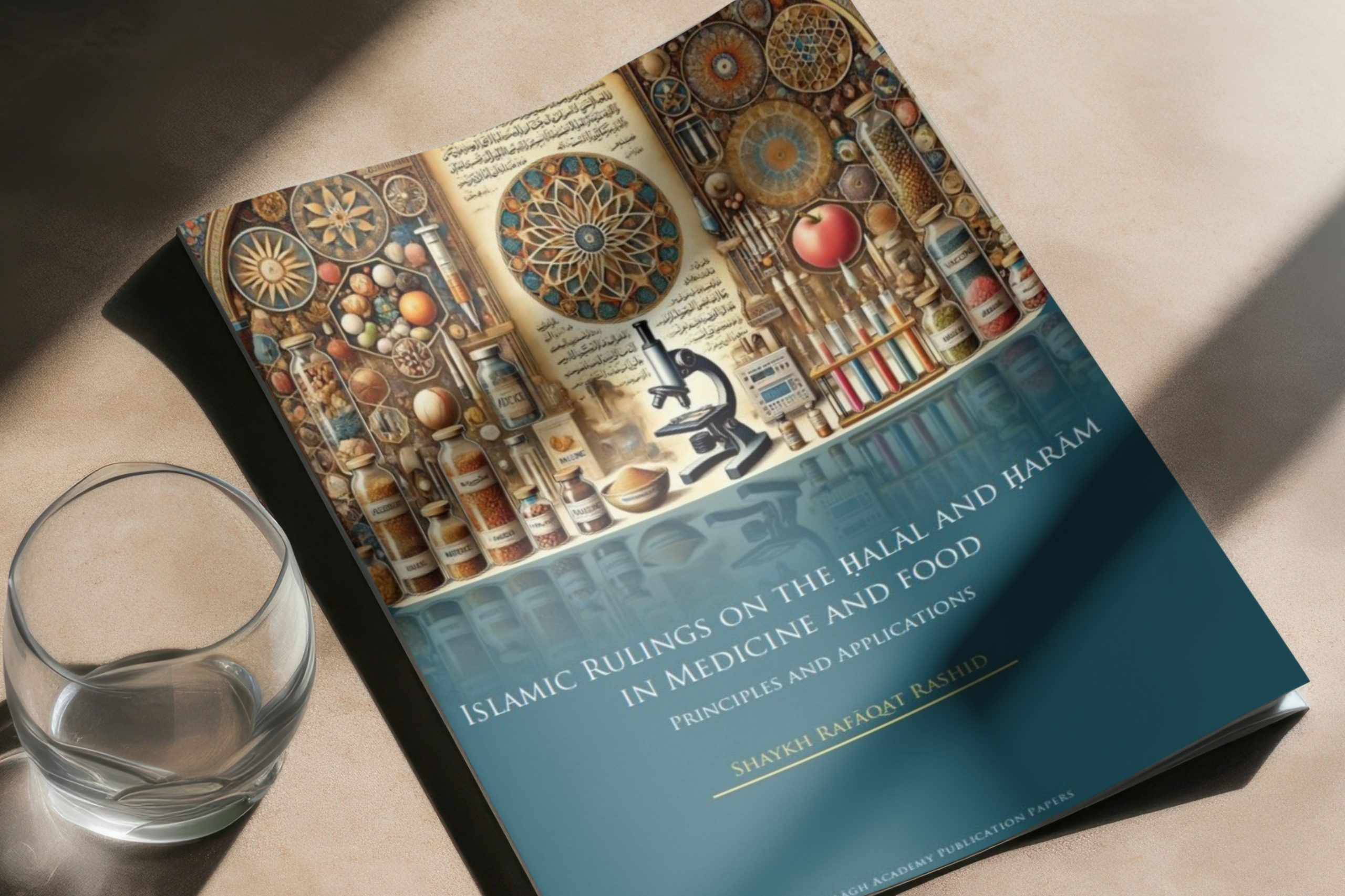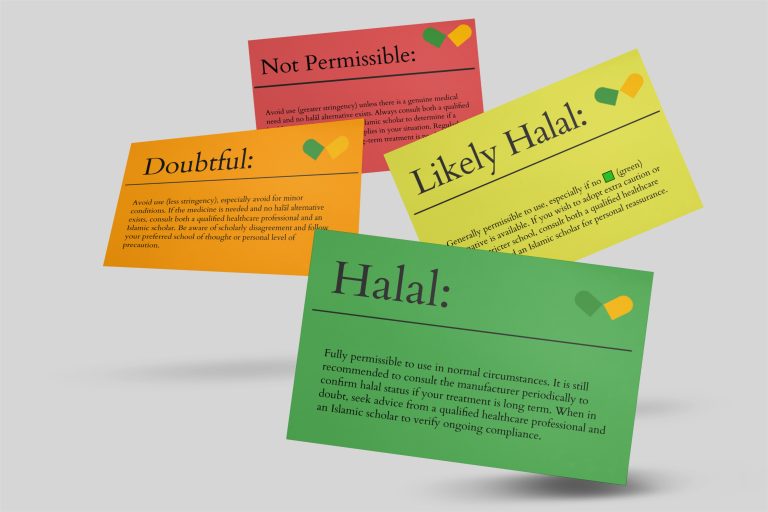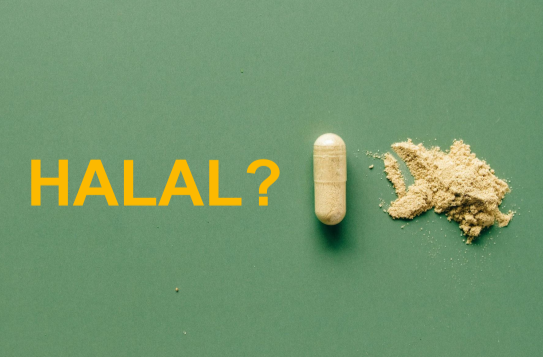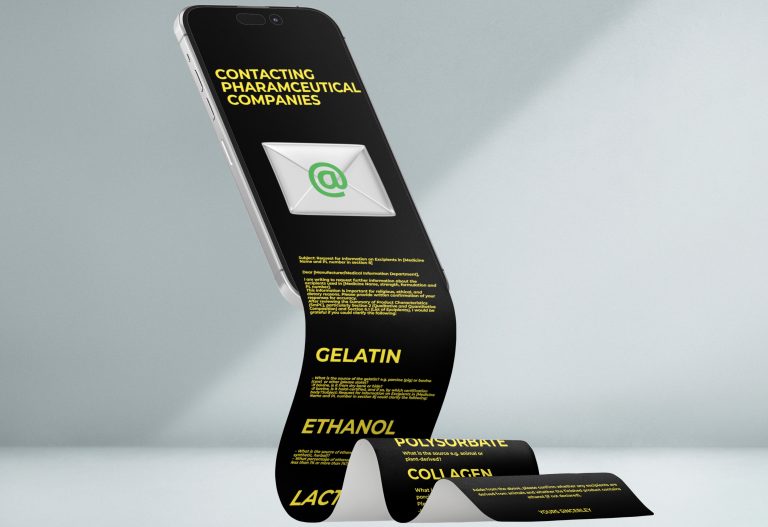Other common excipients in medicines
This resource can help you understand how other common excipients are used in medicines, and whether their use in medicines is halal (permissible) or haram (prohibited) in Islam.
There is a table (listed in alphabetical order) to help you understand what the other common excipients used in medicines are, the purpose of the excipient and if they are halal or haram (including the reasoning) for people following a halal diet.
The excipients listed below are generally considered permissible in a halal diet due to their synthetic or plant-based origins and absence of animal-derived components. You may still want to check for halal-certification with the manufacturer to ensure halal-compliant manufacturing; however, they may have limited information.
| Excipient name | Purpose | Permissibility status |
|---|---|---|
| Hexylene glycol | Used in topical and oral formulations as a solvent. It acts as a humectant in topical creams, acts as a preservative in many pharmaceutical formulations and stabilises emulsions. (1) | ✅ Halal. Typically synthetic, free from animal-derived ingredients. |
| Hydroxypropylcellulose | Cellulose derivative used in pharmaceutical formulations. Uses include as a binder, stabilizer, and thickener in extended-release tablets and ophthalmic solutions.(2) | ✅ Halal. Typically synthetic, free from animal-derived ingredients. |
| Hypromellose (HPMC) | Semi-synthetic polymer derived from cellulose. It is used as a film-forming agent, binder, and thickener in controlled-release tablets and solutions.(3) | ✅Halal. Synthetic, contains no animal-derived substances. |
| Indigo Carmine | A synthetic blue dye (FD&C Blue No. 2). It is used as a colouring agent for tablets, capsules, and in injections.(4) | Likely halal. Synthetically produced without animal-derived components. |
| Macrogol (Polyethylene Glycol) | A synthetic polymer available in various molecular weights. Uses include as a laxative in various formulations. (5) | ✅ Halal. Synthetic, contains no ethanol or animal-derived components. |
| Pregelatinised Starch | Is a modified starch that improves solubility. Uses include as a binder and disintegrant in oral tablets. (7) | ✅ Halal. Typically derived from plant sources such as corn, potato, or rice. |
| Propylene Glycol | A synthetic, colourless, and odourless liquid. Solvent, humectant, and preservative in injectable, oral, and liquid formulations. (8) | ✅Halal. Synthetic, contains no ethanol, and no animal-derived ingredients. |
FAQs
Did you know?
Even if a medicine contains an ingredient/excipient from a haram source, it may still be permitted in certain cases. Here are three Islamic maxims (principles):
- Medical need or necessity (hajah and darurah): Under this principle, if there is a medical necessity, such as an emergency situation, or where there is a strong chance the individual’s health will deteriorate, and if no viable halal alternative is available, then it is permitted to take a medicine containing ingredients/excipients derived from haram sources, until a viable halal alternative becomes available.
- An impermissible medicine becomes permissible if five conditions are fully met (click here to learn what the five conditions are).
- Hardship begets facility (al-mashaqqa tajlib at-taysir): Under this principle, if applying religious practice becomes too burdensome or creates hardship, then leniency can be applied to ease it (Click here to read more). If you have tried your best to seek an alternative halal medicine and it becomes too difficult for you, this principle allows you to take/use the medicine you have been prescribed/supplied.
⚠️ Important information for patients
- Always take or use your medicine(s) exactly as directed or prescribed by your healthcare professional (HCP), such as your doctor or pharmacist
- Do not stop, delay, change or alter the way you take or use your medicine(s) without first discussing it with the HCP who prescribed or supplied it to you
- Always consult your HCP if you have any questions or before making any decisions about your treatment
- For Islamic guidance, seek advice from your local Imam or a trusted Islamic scholar – ideally someone with relevant knowledge and expertise in the fiqh (Islamic rulings) of medicines
- Use the information gathered to make an informed decision together with your HCP and, if needed, your local Imam or trusted Islamic scholar.
Disclaimer
- This resource is for educational purposes only – it is not clinical, medical or professional healthcare advice and it does not replace clinical judgement or religious guidance
Always consult your doctor, pharmacist, or healthcare provider about your own medical conditions or for treatment advice
Healthcare professionals remain responsible and accountable for their own practice.
References and further resources
- Rowe, R. C., Sheskey, P. J., & Quinn, M. E. (Eds.). (2009). Handbook of pharmaceutical excipients (6th ed.). Pharmaceutical Press.
- Brady, J., Dürig, T., Lee, P. I., & Li, J.-X. (2017). Chapter 7 – Polymer properties and characterization. In Y. Qiu, Y. Chen, G. G. Z. Zhang, L. Yu, & R. V. Mantri (Eds.), Developing solid oral dosage forms (2nd ed., pp. 181–223). Academic Press. https://doi.org/10.1016/B978-0-12-802447-8.00007-8
- Mašková, E., Kubová, K., Raimi-Abraham, B. T., Vllasaliu, D., Vohlídalová, E., Turánek, J., & Mašek, J. (2020). Hypromellose – A traditional pharmaceutical excipient with modern applications in oral and oromucosal drug delivery. Journal of Controlled Release, 324, 695–727. https://doi.org/10.1016/j.jconrel.2020.05.045
- Rupa Health. (n.d.). Indigo Carmine (Blue 2 dye): Safety, uses, and side effects.
- Dabaja, A., Dabaja, A., & Abbas, M. (2023, May 8). Polyethylene glycol. In StatPearls. StatPearls Publishing. https://www.ncbi.nlm.nih.gov/books/NBK557652/
- Kerwin, B. A. (2008). Polysorbates 20 and 80 used in the formulation of protein biotherapeutics: Structure and degradation pathways. Journal of Pharmaceutical Sciences, 97(8), 2924–2935. https://doi.org/10.1002/jps.21190
- Rojas, J., Uribe, Y., & Zuluaga, A. (2012). Powder and compaction characteristics of pregelatinized starches. Pharmazie, 67(6), 513–517. PMID: 22822539
- https://www.ema.europa.eu/en/documents/report/propylene-glycol-used-excipient-report-published-support-questions-and-answers-propylene-glycol-used-excipient-medicinal-products-human-use_en.pdf


